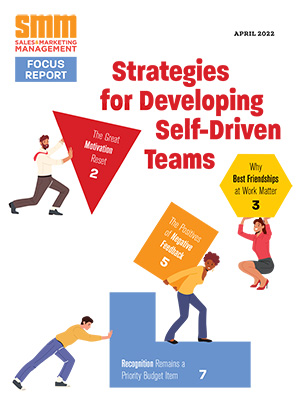To unleash the power of innovation to capture big markets, what matters is not how big any existing market is, but how many people are wrestling with a problem that no current offering solves, says Robyn Bolton, a principal at Innosight, a growth and innovation consulting firm.
 In a recent blog for Harvard Business Review (blogs.hbr.org), Bolton used as an example Kellogg’s expansion into India in the early 1990s with cold breakfast cereals. India was home to 950 million possible new consumers. If they would eat as much cereal, on average, as Americans, then just 2 percent of the population would generate more revenue than the entire U.S. market.
In a recent blog for Harvard Business Review (blogs.hbr.org), Bolton used as an example Kellogg’s expansion into India in the early 1990s with cold breakfast cereals. India was home to 950 million possible new consumers. If they would eat as much cereal, on average, as Americans, then just 2 percent of the population would generate more revenue than the entire U.S. market.
Kellogg invested $65 million to establish an operational and marketing presence to launch Corn Flakes, Wheat Flakes and its “innovation” – Basmati Rice Flakes – throughout the country. “Our only rivals,” declared the managing director of Kellogg India, “are traditional Indian foods like idlis and vadas.”
But those rivals turned out to be formidable. By 2010, Kellogg had captured considerably less than 1 percent of the population, generating revenues of only $70 million.
“Kellogg’s mistake (admittedly easier to see in hindsight) was that it had taken a far too simplistic approach to identifying its “huge” market,” Bolton explains. What Kellogg didn’t know was that Indians think that starting the day with something cold, like cold milk on cereal, is a shock to the system. Idlis, which are steaming hot lentil cakes, and vadas, hot potato chutney pancakes, did a far better job of satisfying Indians’ breakfast needs than corn flakes.
With just a little bit of market research, Kellogg could have discovered Indians’ preference for warm, spicy breakfast foods. It also could quickly notice that the country’s increasingly modern economy and job creation left Indians significantly less time to prepare these morning meals. “With such an insight, Kellogg might have more fruitfully focused its innovation efforts on, say, easier-to-prepare versions of traditional favorites the could be delivered…in a far more convenient way,” Bolton says.


